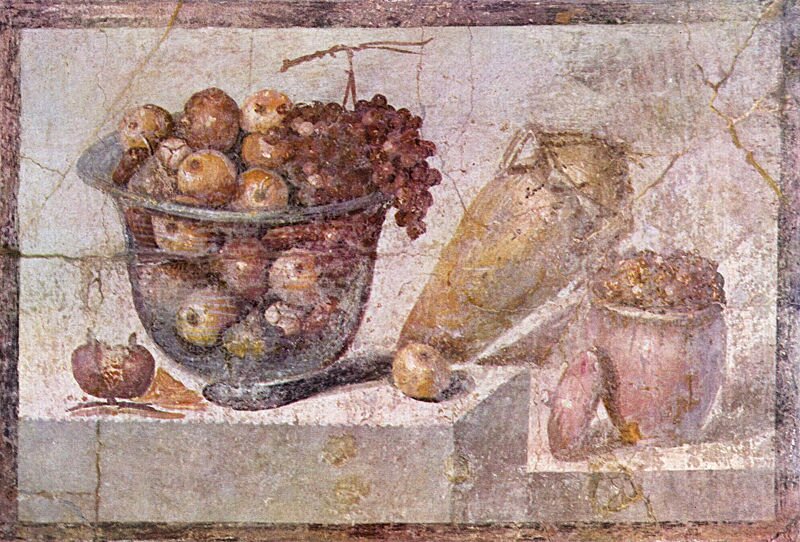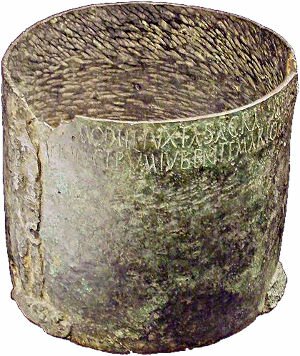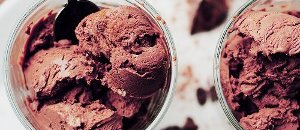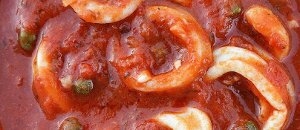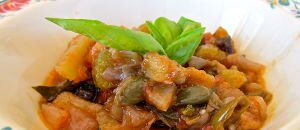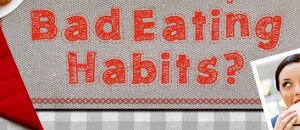Written by Maria Pistocchi — Sunday, August 05th, 2012
The eating habits of the ancient Romans
A day at the Roman table.
What happened in the kitchens of the past of our ancient Romans? What did they do? Was their habits really so different from ours? Can we borrow some useful tips from them?
A day at the roman table
The jentaculum was the breakfast of the ancient Romans. It consisted of bread, honey, cheese, eggs, milk and biscuits dipped in water or wine. During that bizarre meal they ate even leftovers from the night before, when they had guests. If they had been invited, they brought with them something of the menu of the day before and they ate that one.
Our lunch was their pransus or prandium, consisted of a cold and slight meal with vegetables, eggs, fish and mushrooms, cold meats and generally it was consumed outside the home, in the taverns. However, for the workers and the soldiers the pransus was represented by a more abundant food.
Our dinner was their cena. In Italy also today we use the same word. It was the main meal and took place in luxurious patrician houses. The cena was divided into three stages:
- Gustatio, a tantalizing appetizer to awaken the appetite with eggs, vegetables and oysters;
- Primae mensae, a first dish that consisted in fish, meat, vegetables and roast prepared elaborately;
- Secundae mensae, a second dish that consisted in sweet, fresh and dried fruit.
The whole meal was accompanied by plenty of wine, generally not drunk pure, but mixed with water, hot or cold, or with honey. The cena, however, consisted in not less than seven-course meal. Before going to bed there was also a snack named vesperna.
The meal of a legionnaire
The meal of legionnaires during the marches should not be very abundant, if we stick to the sources (Historia Augusta, a book of biographies), demonstrating the presence in the rations of bacon, cheese, crackers and posca, a beverage consisting of water mixed with vinegar. We note, however, that the soldiers of the garrison could afford some luxury food: in particular they liked salted foods, condiments and cold meats. By the archaeological excavations in landfill sites of the camps, we also know that the legionnaires ate large quantities of meat.
The posca was the favorite drink of the Legionnaires to fight the thirst. As already told, it consisted in water with the addition of vinegar. I have to check it out!
The meal of the slaves
The slaves who lived in the farms were being subjected to severe discipline to make the most of their working capacity. They were considered true objects of property by owners, similar to cattle, as evidenced by Catone (also known as Cato The Elder) who writes about the slaves food and the pets food in his De agri cultura (Chapters 56-58).
The slaves ate food that did not vary much throughout the year, basically made up of wheat, which ranged from 4 modius in winter to 4.5 modius in summer (the modius is a Roman unit of measurement and corresponds to about 9 liters).
The slaves had a daily ration of not very good wine. To the chained slaves and to the Roman soldiers were distributed 1 kg and 300 g of bread a day or figs and 262 liters of wine per year. In addition they received plant bulbs, onions, turnips and other roots, legumes and fresh vegetables depending on the season.
Sources
http://www.bibliolab.it/I%20Romani%20a%20tavola/pasto_dei_romani.htm
Comments
latest articles
A brief history of Gelato
Gelato: what a passion! Do you know where it comes from?
Squid soup recipe from Agrigento
Wandering around Sicily: a trip to Agrigento.
Caponata: a delicious veggie dish!
From Palermo with love.
Are you guilty of bad eating habits? Infographic
Bad habits are made to be broken.
What Food Looks Like Around the World Infographic
The world has many different cuisines to offer: what are the key ingredients for each?

